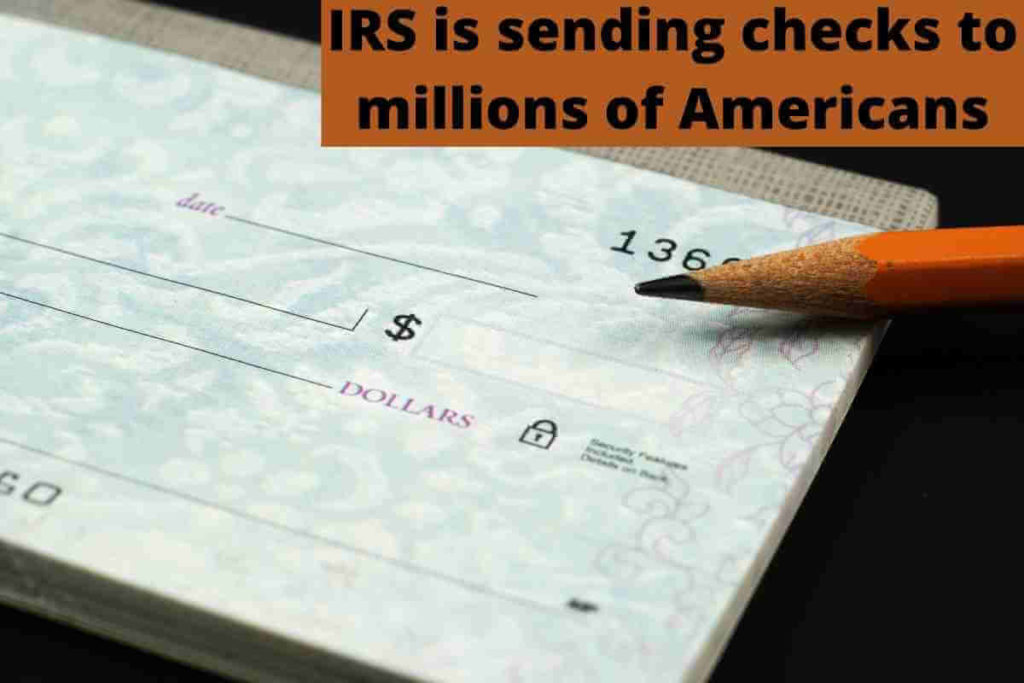Payments for Child Tax Credits in Advance Have Been Made, But You May Still Be Owed More: How Can You Find Out?
Parents in the United States have most likely received their last Child Tax Credit payment.
With no agreement in place to extend the temporary advance tax credit payments beyond 2022, the December 15 check appears to be the final one. However, there is still money available to parents this tax season.
The enlarged child tax credit, which was part of the federal stimulus package in response to the epidemic, raised payments from $2,000 to up to $3,600 per qualified child, putting additional money in parents’ pockets before tax time. From July through December 2021, eligible parents received half of the credit in advance payments.
The credit was only extended for a year under the American Rescue Plan, and while some senators supported extending it, the bill stalled in Congress.
Even yet, if you qualify for the enhanced Child Tax Credit, you can expect some extra help when filing your taxes. Only half of the full credit amount for 2021 was paid in advance monthly installments; qualified families will get the remaining half of the enhanced Child Tax Credit after filing their 2021 tax returns. Changes in your income or other eligibility considerations, on the other hand, may have an impact on the amount you can expect when you file.
Everything you need to know about reporting advance payments and claiming the remainder of the Child Tax Credit is right here.
Before Tax Season, Here’s What You Should Know
If you got advance Child Tax Credit payments, your eligibility was determined by your most recent filed tax return — in most cases, your 2020 tax return — as well as eligible children and their ages. If any of your qualifying facts changed in 2021, the amount you’re qualified for might vary, and you’ll have to account for it when you submit your taxes this year.
“On your tax return, you’ll basically have to conduct some sort of reconciliation,” says Joanne Burke, CFP, a financial planner at Birch Street Financial Advisors in Vienna, VA. It all relies on “your income and the tax credits you’ve got.”
You should receive a letter from the IRS before tax season begins, outlining how much money you received in advance Child Tax Credit installments and how many qualifying children the IRS counted to determine the amount you qualify for. This letter can be used by you or your tax preparer to figure out how much of the Child Tax Credit you still owe when you file your return.
What Is the Expanded Child Tax Credit, and How Does It Work?
The Child Tax Credit isn’t a brand-new benefit; it was only extended for 2021. Previously, parents could claim up to $2,000 per qualified kid under the age of 17 under the credit. Parents can claim up to $3,000 per child aged 6 to 17 in 2021 taxes and $3,600 for younger children under the age of 6. However, after you reach specific income levels, these sums begin to dwindle.
Single-filing parents with an AGI of more than $75,000, heads of household with an AGI of more than $112,500, and married couples filing jointly with an AGI of more than $150,000 will be phased out in $50 increments for every $1,000 over the AGI limit.
How Much Will You Get in Child Tax Credit Payments on Your 2021 Tax Return?
If you received advance payments in 2021, they were half of what you were entitled to based on your most recent tax return. In general, the second half of the Child Tax Credit should be claimed when you paid your taxes in 2021.
Because the advance Child Tax Credit payments were based on your most recent tax return, you may need to reconcile the money you received with what you actually qualified for in 2021. For example, in 2021, your filing status or income may have changed, or your child may have spent more than half of the year at another residence. You may have also elected to opt out of the advance payments, in which case you will get the whole amount with your tax return.
Here are some instances of how changing your qualifying tax information or opting out of advance payments can affect the amount of Child Tax Credit you owe:
You are qualified for the full credit if you have two qualifying children under the age of six. Between your 2020 and 2021 returns, you received all of the advance Child Tax Credit payments and made no substantial modifications. You should receive a total of $3,600, or $1,800 per child.
You have one child over the age of six, but you chose not to pay in advance. You are also eligible for the entire amount based on your income, which did not change significantly in 2021. You’ll get the full $3,000 expanded credit when you file your tax return.
Based on your single parent AGI of $75,000 in 2020, you got advance Kid Tax Credit payments for one child over the age of six. Your actual AGI for 2021 is $79,000 because you did not update your information in the updated portal. Your actual income qualifies you for $2,800 instead of the full $3,000. You’ve already received $1,500 in advance payments, so you’ll claim the remaining $1,300 on your tax return for 2021.
If You Earn Too Much To Qualify For The Expanded Child Tax Credit
Even if your income is too high to qualify for the full expanded credit, you may still be eligible for the $2,000 credit that was available in past years.
“It simply means that their overall Child Tax Credit would be modestly reduced,” explains Ken Hoyt, CFP, founder of Hoyt Wealth Management in Westford, MA.
Your Kid Tax Credit will not be reduced below $2,000 per child until your AGI surpasses $400,000 for married couples filing jointly or $200,000 for single and head of household filers, according to the IRS. Your eligibility will be reduced by $50 for every $1,000 you earn above the phaseout barrier if your AGI exceeds these thresholds.
How to Get Repayment Assistance for Child Tax Credits
If you didn’t update your information with the IRS to reflect changes in your family status and now qualify for less money than you did before, you may be required to refund the IRS some or all of it unless you qualify for repayment protection.
The overall repayment protection amount is $2,000, multiplied by the number of children the IRS used to calculate your payment initially, less the number of actually qualified children on your 2021 tax return.
For example, suppose you claimed two qualified children on your 2020 tax return and received advance Child Tax Credit payments as a result, but only one on your 2021 tax return. For the one child, you didn’t claim in 2021; you can get up to $2,000 in repayment assistance.
If your AGI exceeds specified income restrictions, the repayment protection amount will be reduced. The amount is decreased by the amount your AGI exceeds the repayment income threshold. When your income is equal to or greater than the following, your repayment options are $0:
The tax is $120,000 for those who are married and file jointly.
Heads of households receive $100,000.
$80,000 for single filers or married couples filing jointly.
If you don’t qualify for repayment relief, the amount you owe could be deducted from your federal tax refund or added to your unpaid taxes. You can also negotiate with the IRS to set up an installment agreement to pay the remainder.
What About Parents Who Didn’t Get Child Tax Credit Payments in Advance?
The IRS provided advance payments to eligible parents for six months, but some parents did not get them owing to erroneous banking information, a wrong address, or not qualifying based on their most recent tax return (even if they were actually eligible).
You can use the Child Tax Credit Update Portal to check your personal information, view your prior payments, and see if a payment was delivered.
If you haven’t received a payment from the IRS, you can reconcile the amount when you complete your 2021 tax return. If you believe the IRS sent you a payment that you never received, you can file Form 3911 to request assistance from the IRS in tracking the payment.
The Child Tax Credit in 2022: What You Need to Know
Because the increased Child Tax Credit expired at the end of 2021, households will not get any Child Tax Credit payments in advance in 2022. That means you won’t get the extra money in your account on the 15th of each month anymore. If you relied on such payments to pay for child care or other bills, It’s a good idea to begin planning for your life without them.
Even if the new modifications were not extended in 2021, parents who are eligible in 2022 can still file in 2023 and receive the original Child Tax Credit.
That means the credit will revert to $2,000 per qualified child under the age of 17 in 2022. However, without the extended credit, the Child Tax Credit may no longer be entirely refundable, and parents may be required to achieve a minimum earned income threshold to be eligible.
Follow us on Twitter
Also, Read IRS Stimulus Check Update For 2022, Find Out If You Qualify





